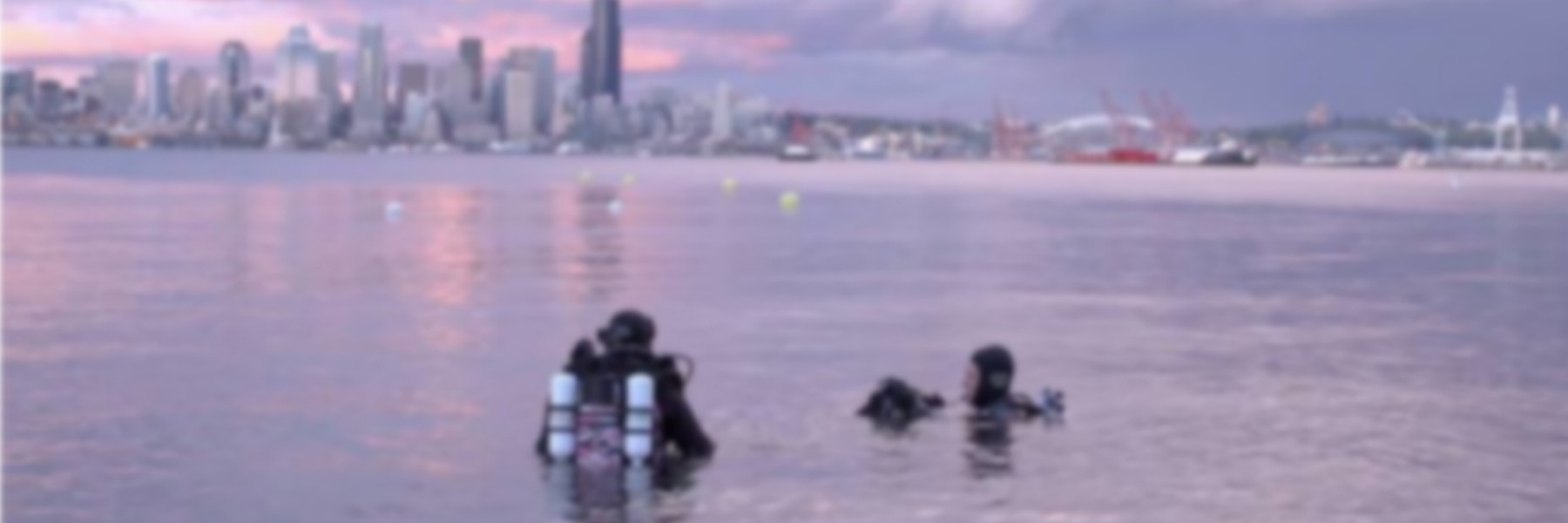Just do it Right. I know, I know, I say that a lot, but usually it’s because unbeknownst to you my fine reader, I’ve wasted time and money doing it cheap or wrong or thinking I could reinvent a better wheel, etc…
The latest case of admitting I was wanking around and should have just sucked it up is in relation to underwater housing tripod baseplates.
Although I’m pretty good at getting rid of backscatter and making poor vis look adequate with lights and trickery, there are times (such as now) that Macro is really the best way to go. The plankton gods have spoken.
The past few years I’ve been focused on big things, storm drains, dying sea stars, but the time has come to get back to sharing the pretty things that make the Puget Sound worth diving in on these overly green days.
Macro really needs a tripod. This i knew from experience and I’ve been using makeshift tripods for a while, but they were always a bit sketch. Mostly because I was trying to not pay ~500 for a tripod base, when -maybe- I could make it work with a gorilla pod focus.
Well, let me fill in a couple blanks as to why that nice gorilla pod and quick release plate was less than idea. Even the fanciest one for ‘big heavy cameras’ (aka a DSLR with a 70-200 lens) is not so fancy underwater. It is light weight, and although the arms do wrap up around the camera nicely and stay out of the way, when you put a neutral to slightly floaty base on a neutral to slightly floaty camera+housing, the end result will be disappointment. I used it on both of my housings, the Subal for the 5D and the Gates for the EX1. The subal was problematic because to get it to work I would have to use the more cumbersome ultralight base plate (subal bolts are mm instead of 1/2-20 standard). This is doable but the rest of the time it makes what is already a somewhat tippy fore-aft system even worse, giving it an even better axis to roll over. Visualize lights, flat-ish camera housing, buoyancy arms, now sitting on narrow baseplate for the arms to connect to and perching it on a single mounting point to a neutrally buoyant tripod. Yeah, that meant a diver should hold it down, which totally defeats the purpose of trying to NOT dive heavy, not wallow around in the silt and make vis worse, and keep my hands off the kit so as to minimize shake and motion when working with a very narrow depth of field afforded by the full frame sensor.
Ah, full frame sensor. Those of you thinking I’m being overly picky, and mocking under your breath because this system works JUST FINE for you, I’m guessing you are diving with a point and shoot cropped sensor, a camera with better autofocus than I’m using, and if so, I applaud you.
There is a chance we also have a different diving style which I’m ok with as well. I tend to not clamp my camera and housing to things underwater as I find the things are often covered in life. My preference is to gently set the system in place and let it shoot what I want to shoot and then remove it with least possible impact to the environment.
Next try, the gates housing, I’m sure that gorilla pod will work better with that system, because, hey, it’s a really stable kit, it will float in perfect trim in the water column, blah blah blah blah… I love their housings, they are just so smooth to shoot (read: makes me look way better at this stuff than I am?) The only place I could find to mount the quick release plate was on one corner. Yeah. That is just as annoying as it sounds. Especially with a light weight tripod. Again, having to hold the system in place with the wave action, tippy, bothersome.
Enter XIT404 and Gates.
When you first ask around you get the impression a nice 3 point baseplate for your kit is gonna cost half a camera unit (camera units seem to have inched up to $1000 these days) X 2 cameras. Ouch.
If you poke around a bit you’ll find out that you can get the baseplates sans arms for about $200. If you are like me and have a ridiculous assortment of non-buoyancy arms and clamps and don’t need anything fancy, this is basically a hallelujah moment. The slightly negative standard arms make for a beautiful stable base when attached to the wide three point attachment balls on the baseplate, but not so negative that it’s a pain in the ass to deal with.
Bring on the macro!
